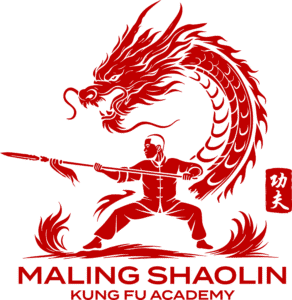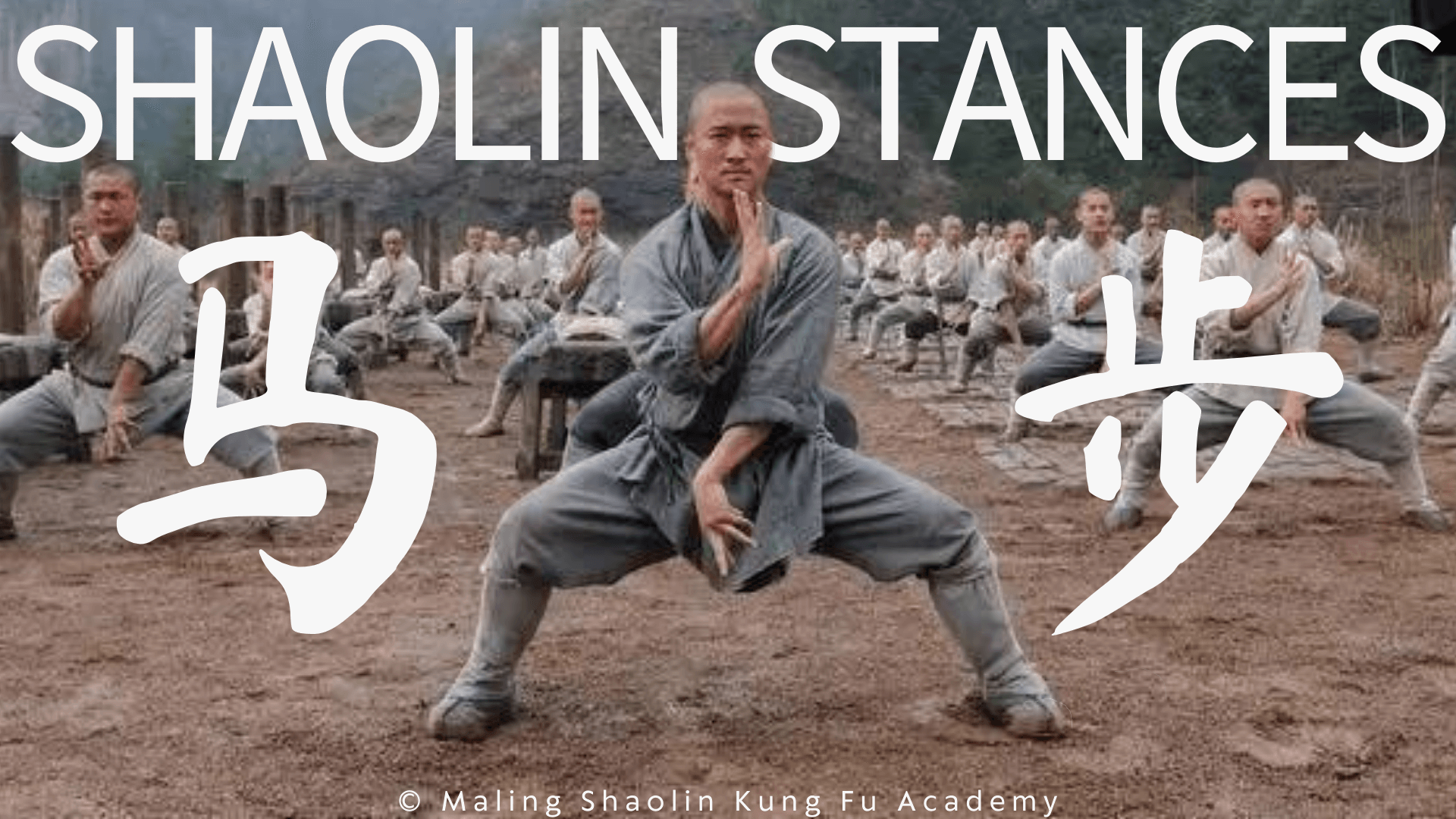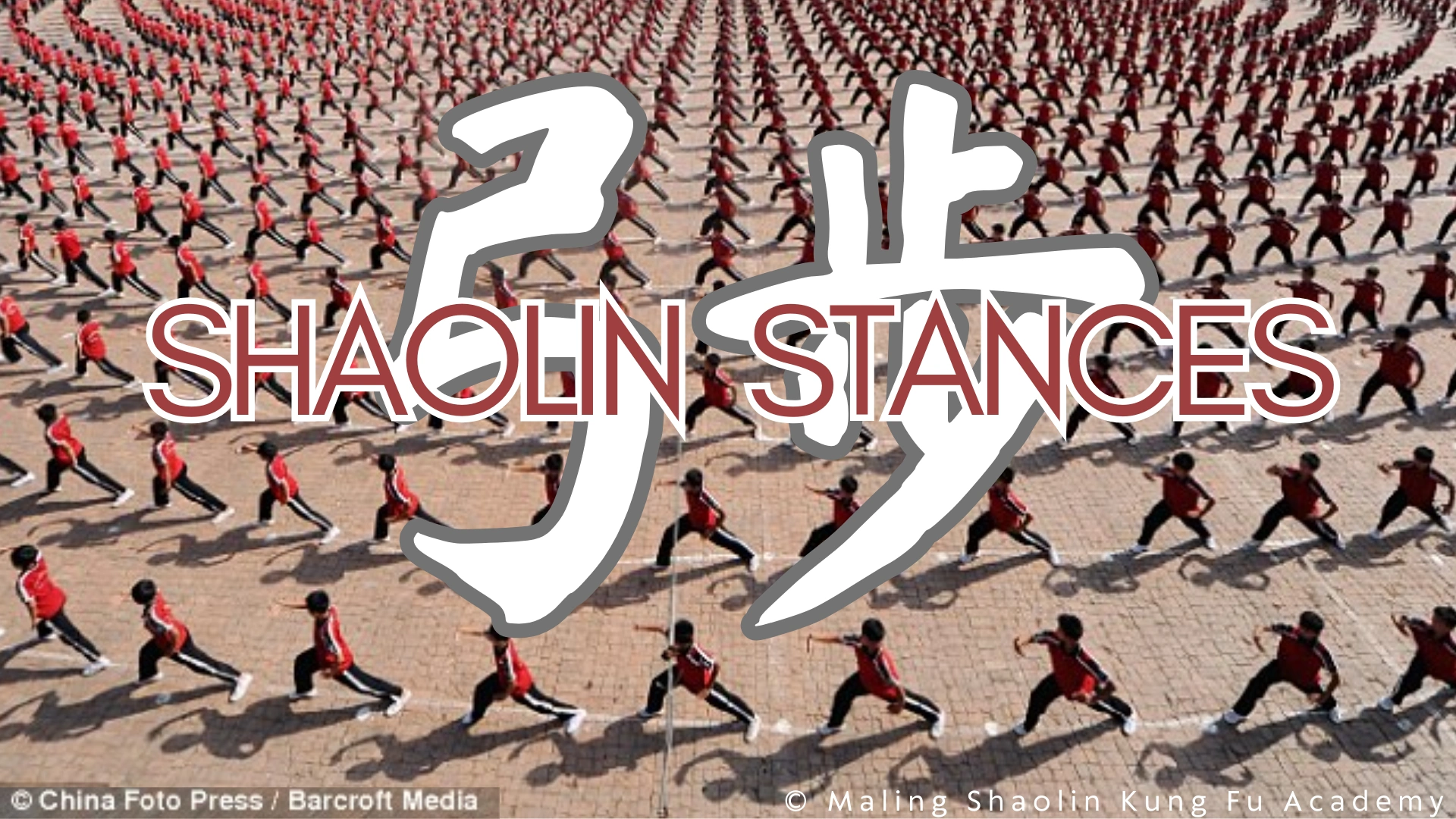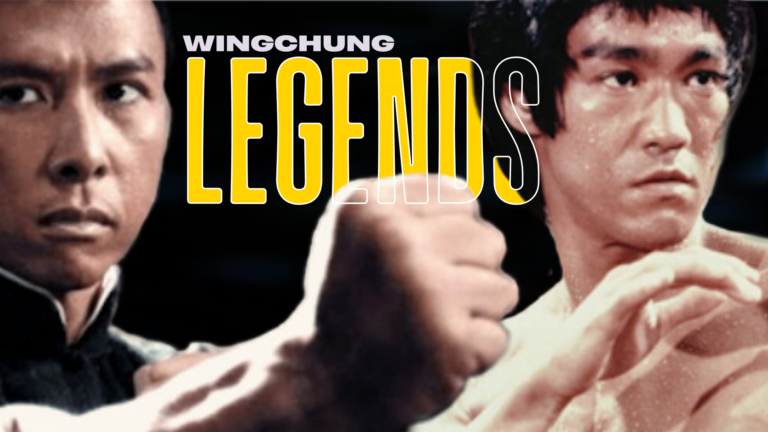The Empty Stance (Xū Bù) in Shaolin Kung Fu: Foundation of Agility and Evasion
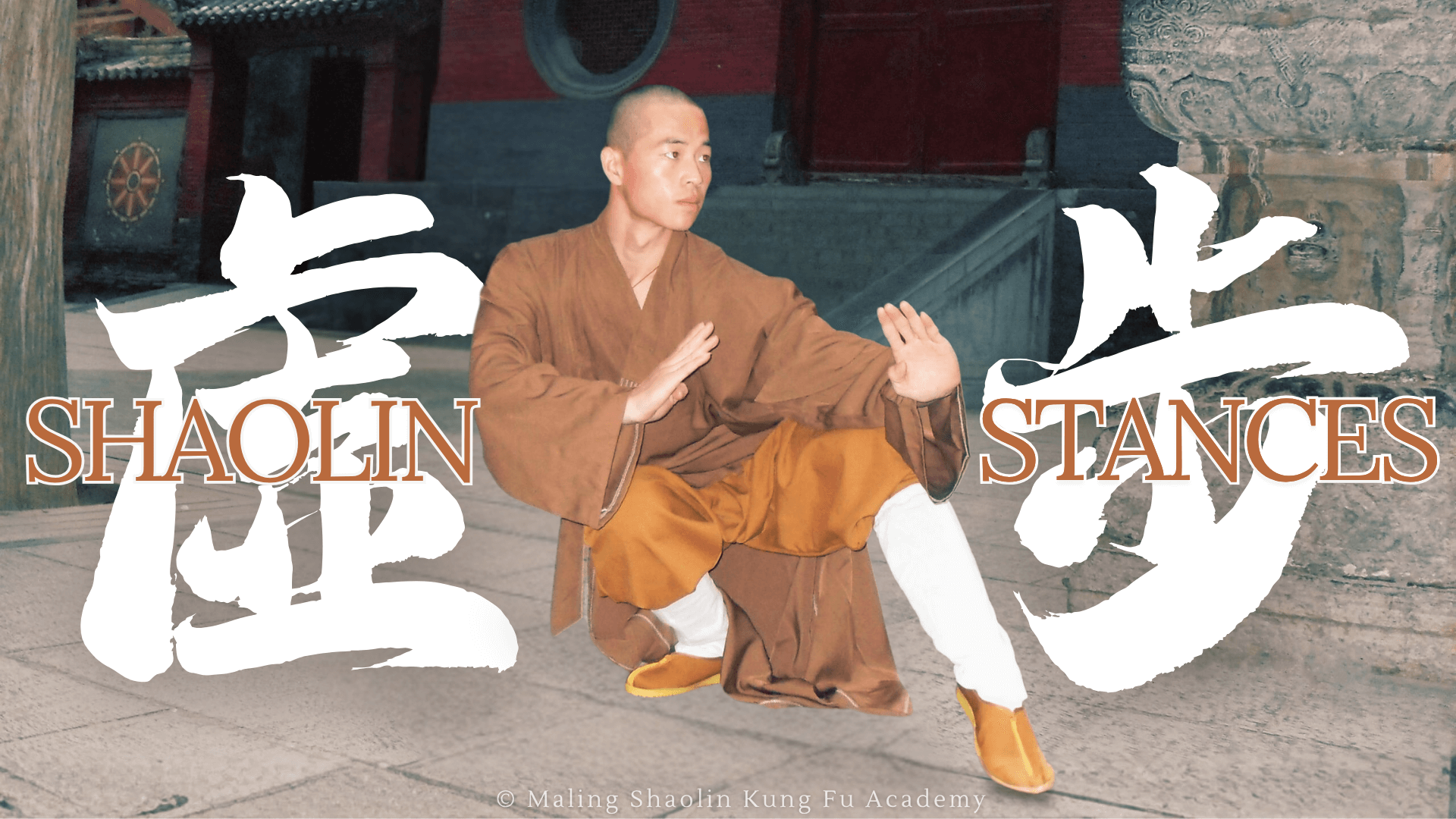
The Empty Stance, or Xū Bù (虚步), also sometimes called Cat Stance in the west, is one of the most essential yet often subtle postures in Shaolin Kung Fu. While its name might suggest a lack of substance, this stance is anything but empty—it is fundamental for training agility, evasion, and the ability to swiftly transition between movements. The Xū Bù plays a pivotal role in martial arts practice, as it helps practitioners develop the fluidity needed for both offensive and defensive actions, especially when combined with other stances in forms and sparring.
Origins and Significance
In Shaolin Kung Fu, Xū Bù is a transitional stance—used to quickly shift weight, evade attacks, or set up for an offensive strike. The name “Xū” translates to “empty,” which refers to the way the front leg is essentially empty or not bearing weight. The stance emphasizes a balance between strength and fluidity, teaching the practitioner to remain light on their feet and ready to move in any direction.
Though the stance may look passive to the untrained eye, it requires a high degree of control, awareness, and stability in the back leg. The use of Xū Bù helps practitioners develop the agility needed to evade strikes, move quickly, and maintain balance in the face of an opponent’s movements. It is often incorporated into forms, sparring, and drills where quick directional changes are needed.
Technique and Execution
To perform the Empty Stance correctly, follow these steps:
Squat & Balance:
Begin by standing with your feet shoulder-width apart. Step forward with one leg while squatting down onto the rear leg. The front leg extends forward with the foot lightly touching the ground.
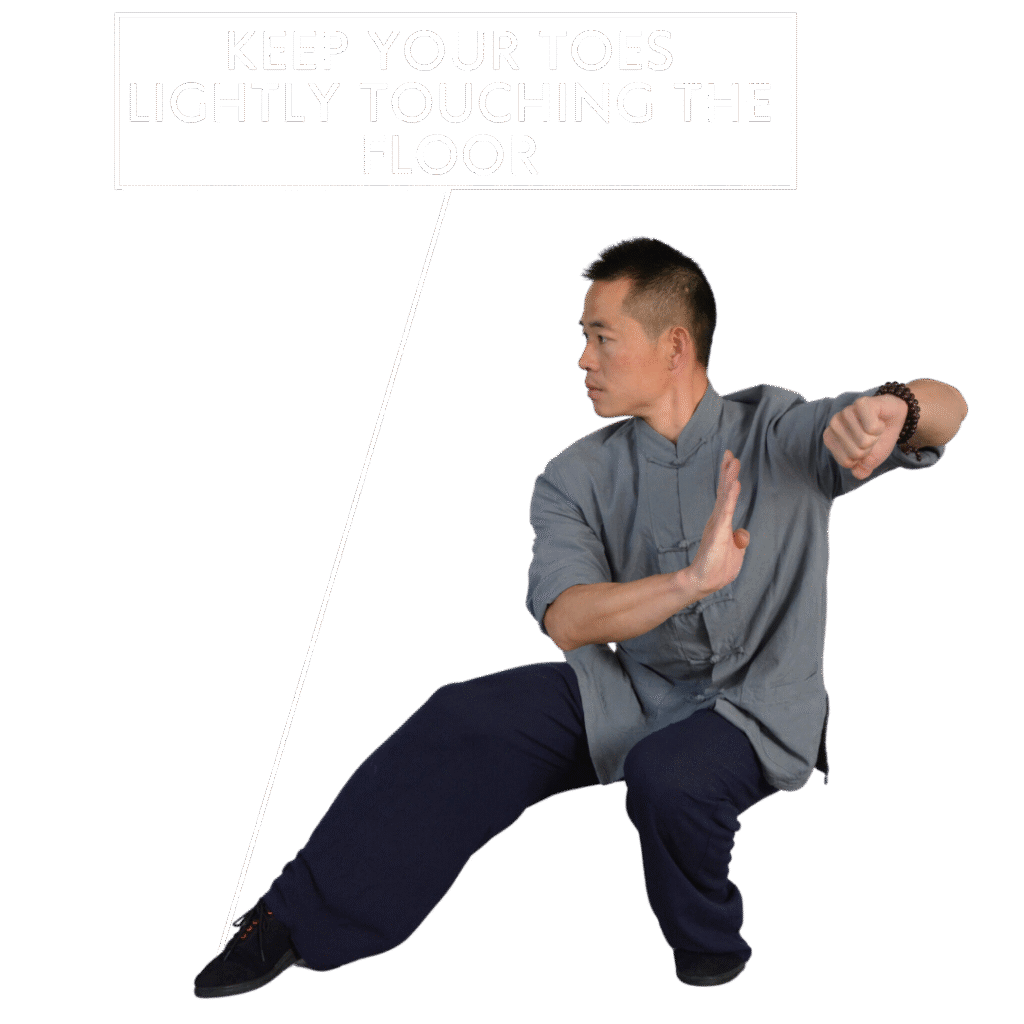
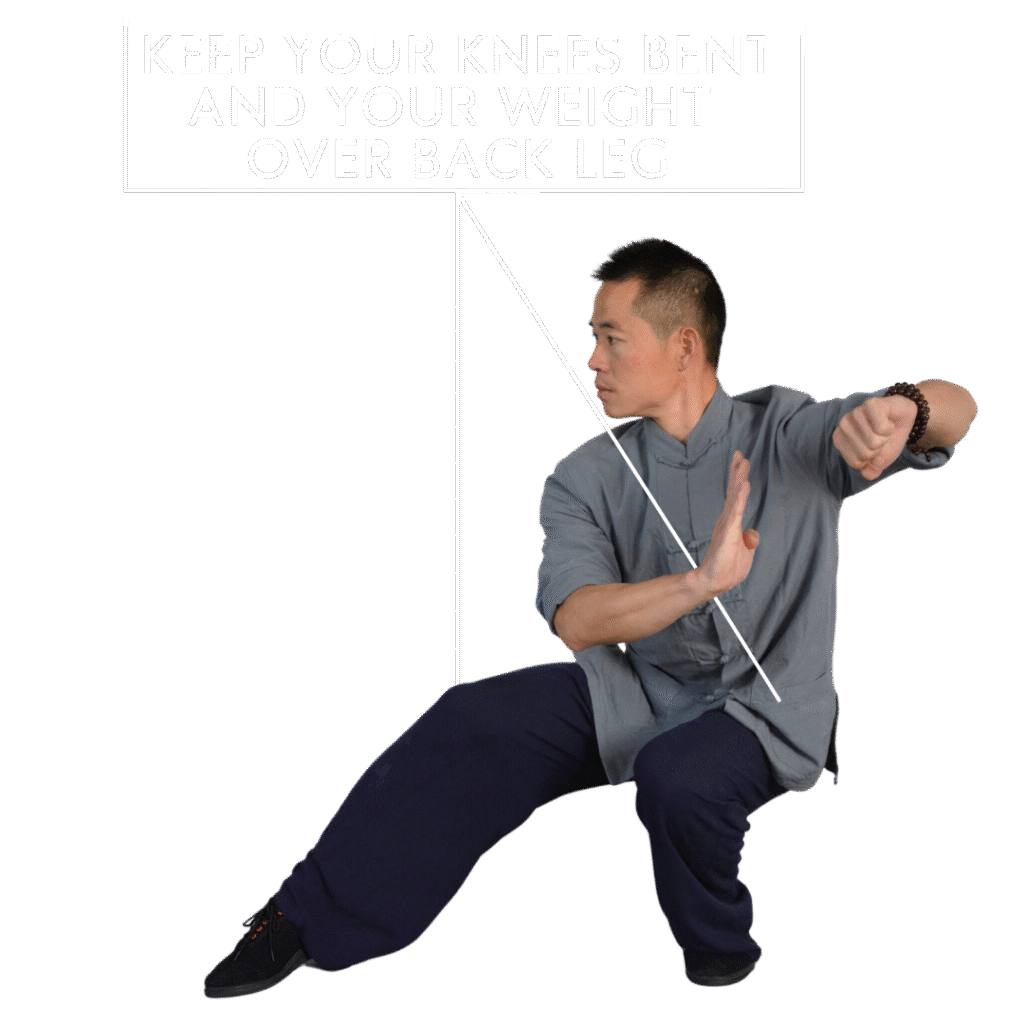
Distrubte Weight:
The knee of the front leg should be slightly bent, with your weight firmly over the back leg (similar to a pistol squat). Keep the back heel grounded for stability. Your hips should remain aligned and square, and your chest should remain open and relaxed.
Posture:
The upper body should remain loose, allowing for quick movements, and the arms should be ready to transition into the next technique. Keep your back foot flat on the ground and pointed outwards. Your stance should be at a 45 degree angle.
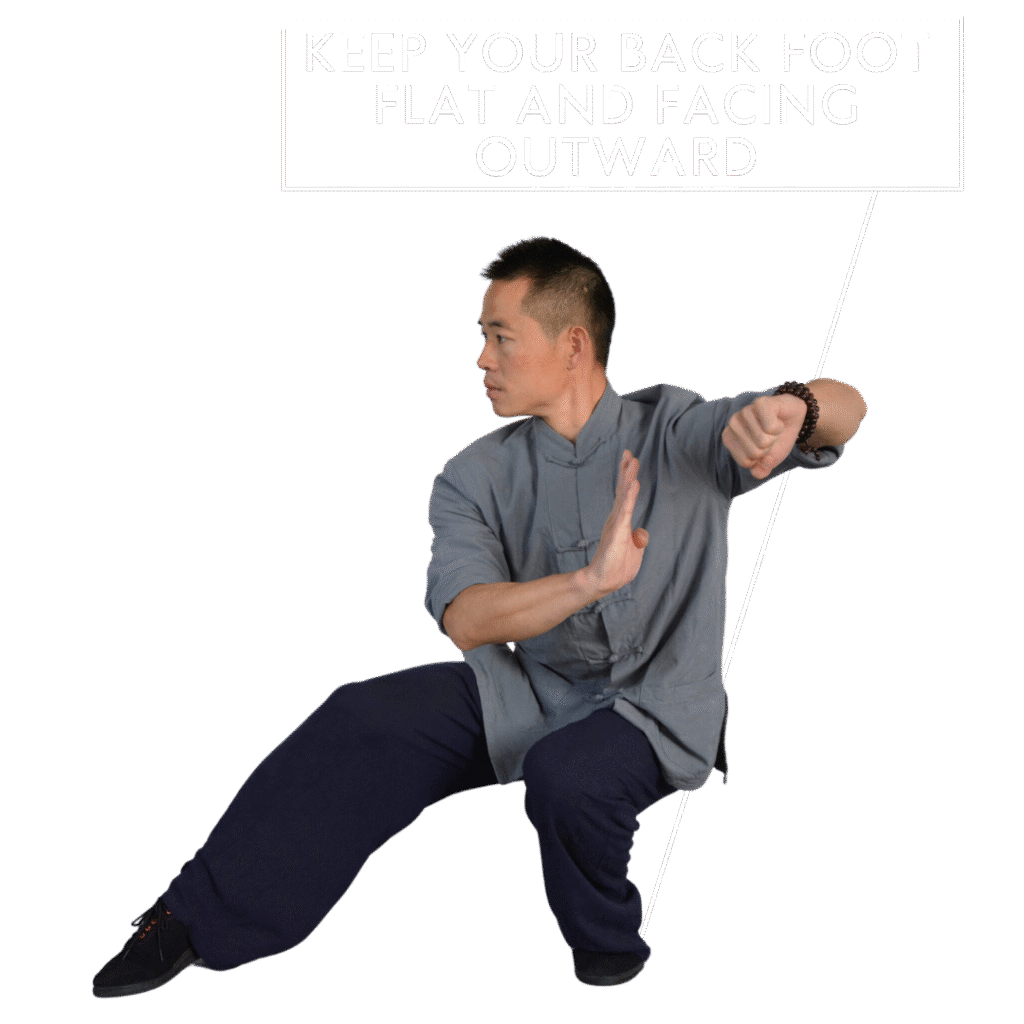
Hold the Position:
Maintain this stance until you feel completely balanced and controlled. Then stand up, bringing your feet together, and switch sides and repeat. Focus on rooted balance, making sure you place no weight on the front leg while practicing. You can keep you front foot lifted a few centimeters off the ground while practicing if you like as a reminder. As you train, you can start with higher ‘squats’ and work your way lower over time.
TIP:
Xū Bù is a stance designed to be fluid. The more you practice it, the quicker you’ll be able to transition between it and other stances. Remember, the key to mastering Xū Bù is not just balance, but readiness—stay light and flexible in your movements. To improve your rest stance try these exercises:
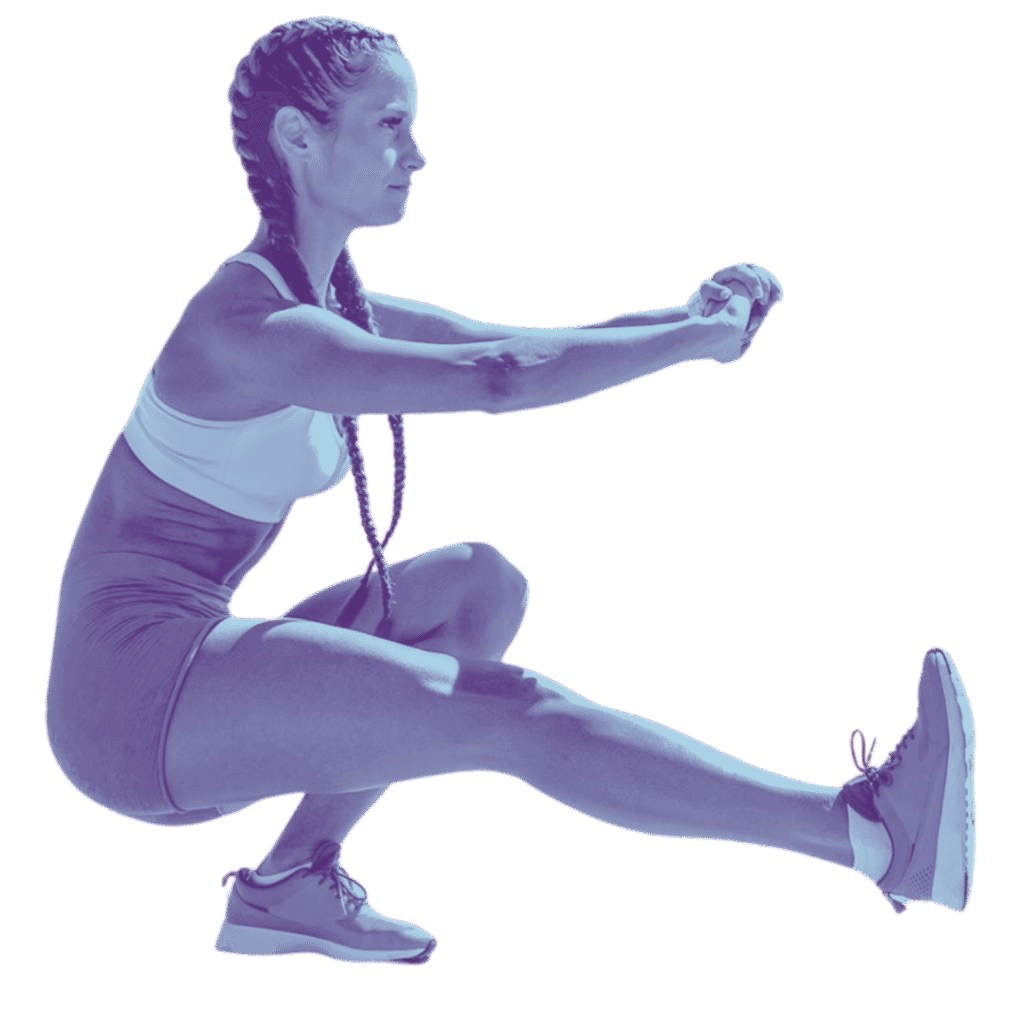
Pisol Squat: Stand on one leg and extend the other straight out in front of you. Slowly lower your body into a deep single‑leg squat while keeping your chest lifted and your arms extended forward for balance. Go as low as you can while maintaining control, then rise back up through the standing leg. This movement builds leg strength, balance, and joint stability.
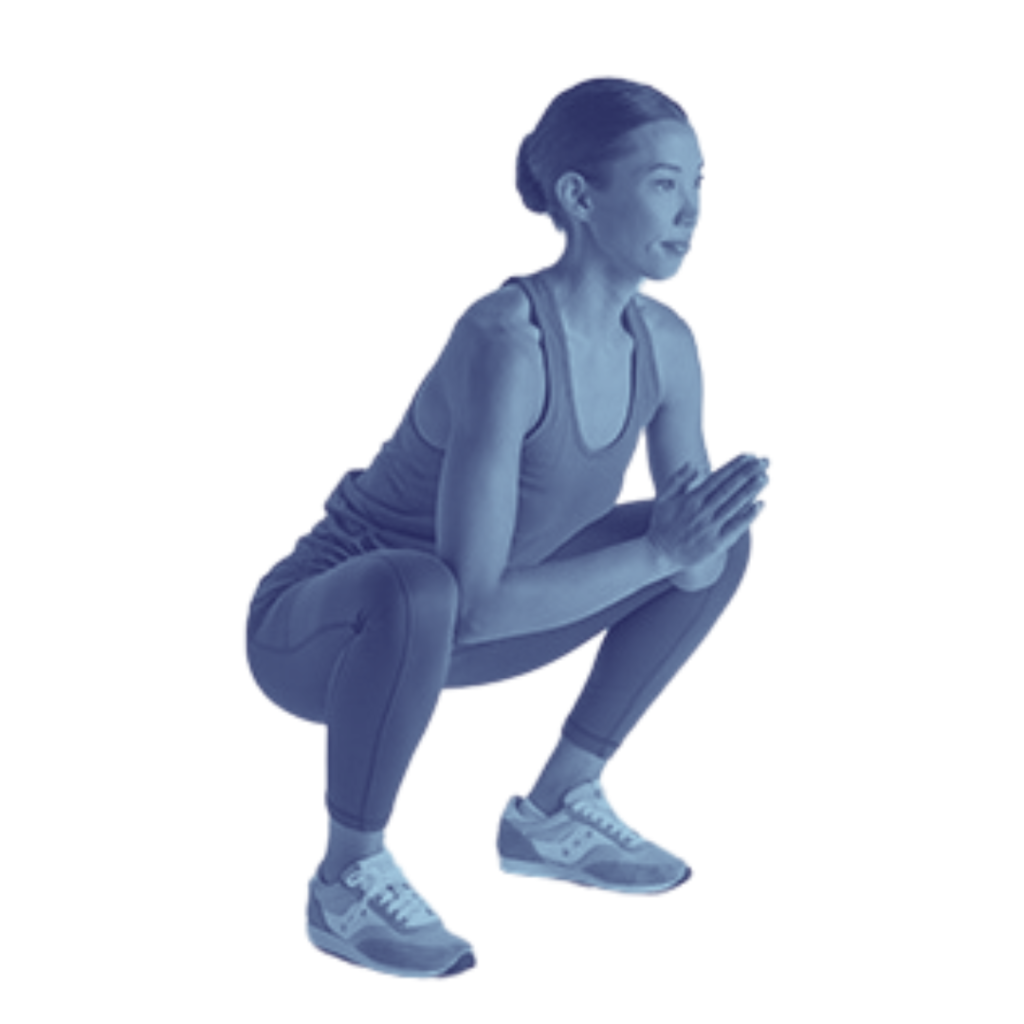
Deep Squats: To help improve your thigh strength, try regularly doing deep squats. When going down, lower your rear as close to the floor as you can before standing fully up, with hips forward. Try to keep your back as straight as possible and toes pointed forward.
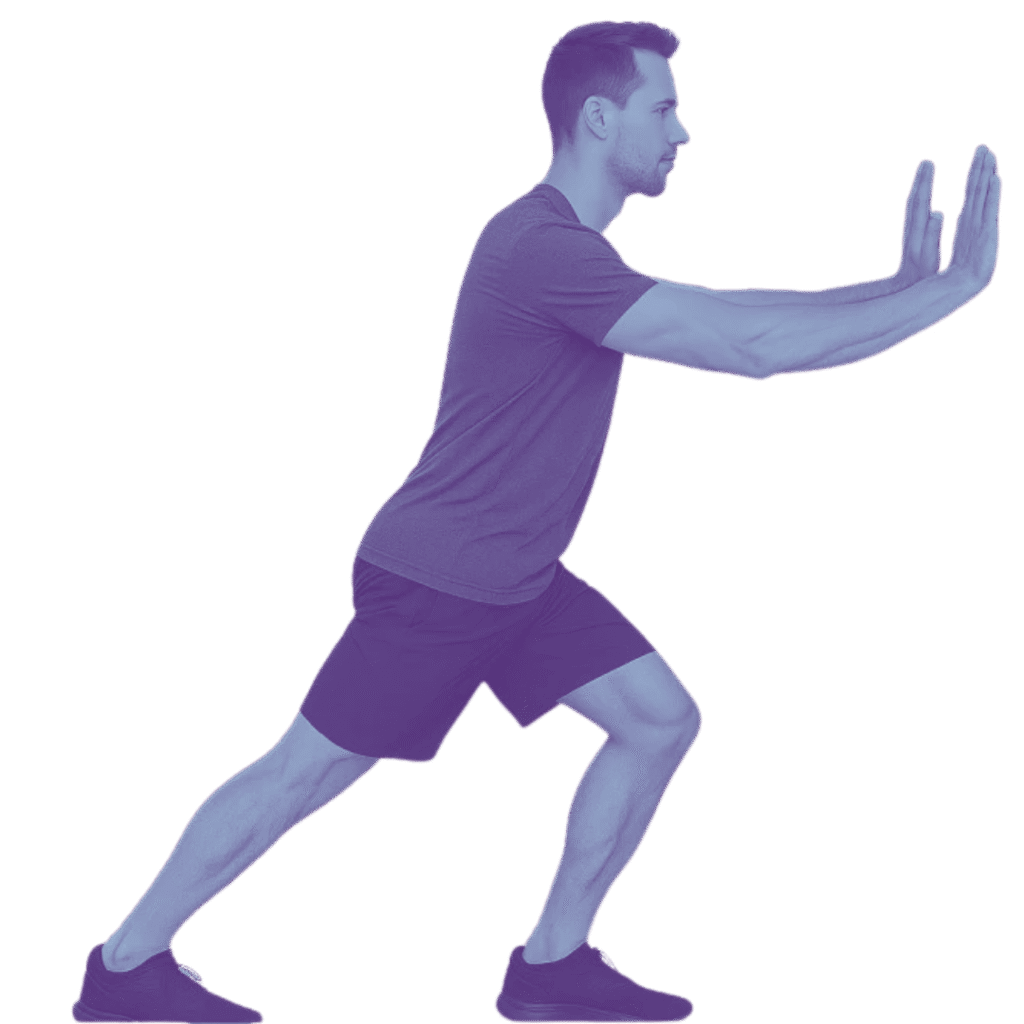
Achilles Stretch: Stand in front of a wall or tree and step forward with one foot, placing your hands against the surface. Push your weight forward, ensuring you keep both feet flat on the ground and that your back leg is straight with no bent knee. You should feel a stretch in your back calf and achilles. For a deeper stretch, you can stand on the edge of a step a let your heels sink down over the ledge.

Horse Stance: Stand with legs shoulder width apart with toes forward. Lower your body as if sitting on a chair with thighs parallel to the ground. This is a horse stance. It will help build your thigh and knee strength, hip flexibility, and posture.
Benefits of the Rest Stance
The Empty Stance offers a variety of martial and physical benefits:
Agility and Evasion:
Xū Bù teaches practitioners how to quickly transition between movements and evade incoming attacks. It sharpens your reflexes and ability to move in multiple directions with ease.
Stability and Control:
While the front leg does not bear the weight, the back leg must be strong and grounded. This builds balance and stability, allowing you to maintain balance even during quick movements or changes in direction.
Quick Transitions:
Xū Bù is vital for swift transitions between more complex techniques. Practicing this stance improves your ability to move seamlessly from one action to the next, essential for both offense and defense.
Lower Body Strength:
The back leg in Xū Bù bears a significant portion of the body’s weight, requiring leg strength, especially in the quadriceps, hamstrings, and calves. Holding this position helps to strengthen the lower body while also improving coordination.
Xie Bu in Shaolin Training
In Shaolin Kung Fu, Xū Bù is integrated into a variety of forms and sparring drills. It often precedes or follows other stances, allowing practitioners to quickly transition between different movements. Because of its emphasis on fluidity and control, it is commonly used in both basic training and more advanced applications.
Xū Bù is also particularly useful in weapons training, especially when transitioning between defensive and offensive movements. Whether in long-range staff forms or close-quarter blade techniques, the ability to quickly shift weight and move with agility is a crucial skill.
Conclusion
Though it may seem like a simple stance at first glance, the Empty Stance (Xū Bù) is fundamental for developing agility, balance, and quick transitions. Its fluid nature makes it an essential component of Shaolin Kung Fu, enabling practitioners to evade attacks and seamlessly move from one technique to another. By mastering Xū Bù, you develop the ability to respond to an opponent’s movements with precision, while also building the strength and flexibility necessary for more advanced martial arts techniques.
The Empty Stance teaches us that sometimes, less is more—by reducing the weight on the front leg and focusing on readiness, we can be faster and more efficient in our movements. Whether you’re a beginner or an advanced practitioner, Xū Bù is a stance that will refine your agility and make you more adaptable in both sparring and self-defense.
Check out Master Bao demonstrating the basic Shaolin stances:
See More From Our Shaolin Basic Stances Series:
The Stance Series: Horse Stance (Ma Bu)
The Horse Stance, or Ma Bu, is one of the most fundamental postures in Shaolin Kung Fu. Often considered the…
The Stance Series: Bow Stance (Gong Bu)
In Shaolin Kung Fu, stances are fundamental elements that serve as the foundation for various techniques and movements. Among these…
The Stance Series: Low Stance (Pu Bu)
The Low Stance (Pu Bu) is a fundamental position in Shaolin Kung Fu, emphasizing agility, flexibility, and balance. This stance…
The Stance Series: Rest Stance (Xie Bu)
Often overlooked but essential, the Resting Stance (Xié Bù) in Shaolin Kung Fu builds balance, fluidity, and readiness. Learn how…
